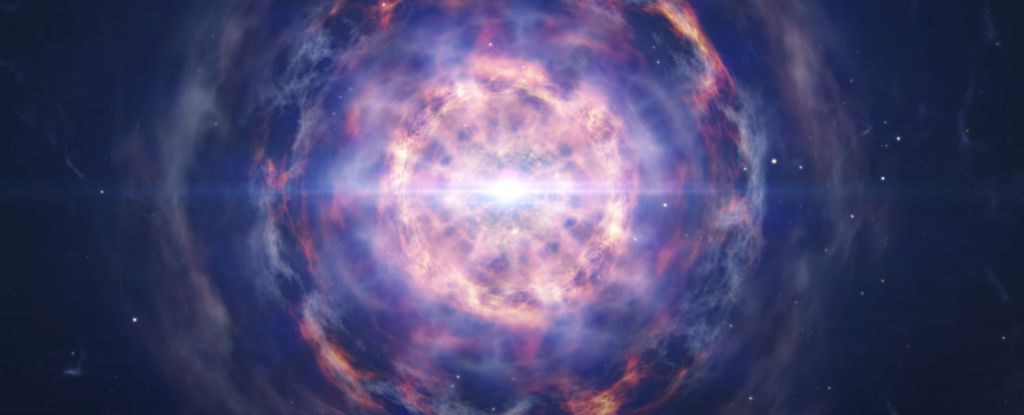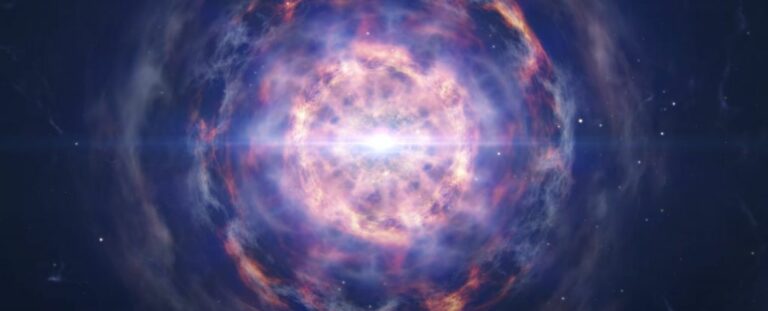Physicists have made a groundbreaking discovery by identifying novel isotopes of heavy rare-earth elements.
A groundbreaking experiment led by Oleg Tarasov of Michigan State University has revealed unprecedented ratios of particles within atomic nuclei through the fragmentation of heavy elements. By disassembling platinum nuclei, physicists have identified new isotopes of rare-Earth elements thulium, ytterbium, and lutetium.

This discovery is expected to enhance scientists’ comprehension of neutron-rich nuclei properties and the mechanisms involved in the creation of new elements during neutron star collisions. The successful completion of the first experiment at Michigan State University’s Facility for Rare Isotope Beams (FRIB) in June 2022 underscores the significance of this work.
To produce their new isotopes, Tarasov and his colleagues initiated the process with a platinum isotope called 198Pt, which contains 120 neutrons. The standard platinum isotope has 117 neutrons, but by using a heavier isotope, the behavior of the nucleus fragments can be altered.
The team placed these atoms in the FRIB, a facility that employs a heavy-ion accelerator to fragment atomic nuclei. Beams of rare isotopes are directed towards a target at velocities exceeding half the speed of light. Upon collision with the target, these isotopes break apart into lighter isotopes of nuclei, which can then be detected and studied by physicists.
During the fragmentation of 198Pt, Tarasov’s team identified two new isotopes: 182Tm and 183Tm, with 113 and 114 neutrons respectively. The standard thulium isotope contains 69 neutrons. Additionally, they discovered 186Yb and 187Yb, with 116 and 117 neutrons respectively, while the standard ytterbium isotope has 103 neutrons. Finally, they detected 190Lu, which possesses 119 neutrons, whereas the standard lutetium isotope contains 104 neutrons.
These isotopes were observed in multiple runs of the accelerator, indicating that the FRIB can be utilized to investigate the synthesis of neutron-rich isotopes of heavy elements. Previously, such studies have been relatively neglected due to the challenges associated with their creation and detection, rather than a lack of interest.
This research has the potential to enhance our understanding of how violent cosmic events contribute to the formation of the heaviest elements in the Universe. Elements heavier than iron can only be formed under extreme conditions, such as those found in supernovae and collisions between neutron stars.
One particular nucleosynthesis process observed in neutron star collisions is known as the rapid neutron-capture process, or r-process. This occurs when atomic nuclei rapidly capture the free-floating neutrons released during a kilonova explosion, leading to the formation of heavier elements. This process is responsible for the creation of precious metals like gold, strontium, platinum, and other heavy metals.
The team’s research is on the verge of replicating the r-process, a crucial step towards having a tool that can mimic nucleosynthesis pathways observed in the Universe’s most violent events.
The researchers note that FRIB’s unique capabilities, such as intense primary beams surpassing those at the National Superconducting Cyclotron Laboratory, make it an ideal facility for investigating the region beyond neutron number N = 126.
Utilizing these reactions, researchers at FRIB can generate, identify, and analyze new isotopes, leading to advancements in nuclear physics, astrophysics, and our comprehension of matter’s fundamental properties.
The research has been published in Physical Review Letters.
Do not forget to share your opinion with us to provide you with the best posts !




0 Comments